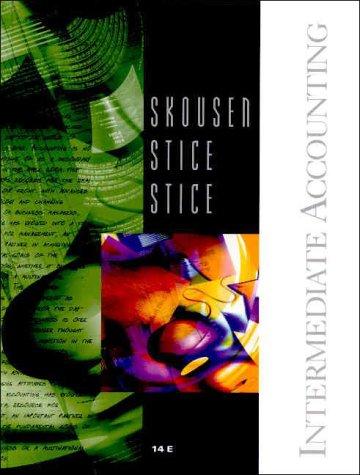B.51 Responsibilities to Clients' Cases. Read the following cases. For each case, state whether the action or situation shows a violation or potential for violation of the AICPA Code of Professional Conduct, explain why, and cite the relevant rule. a. CPA Sal Colt has discovered a way to eliminate most of the boring work of processing routine accounts receivable confirmations by contracting with the Cohen Mail Service. After the auditor has prepared the confirmations, Cohen stuffs them in envelopes, mails them, receives the return replies, opens the replies, and returns them to Colt b. Cadentoe Corporation, without consulting Jora Cramer, its CPA, has changed its accounting so that it is not in conformity with GAAP. During the regular audit engage- ment, Cramer discovers that the statements based on the accounts are so grossly mis leading that they might be considered fraudulent. Cramer resigns the engagement after a heated argument. Cramer knows that the statements will be given to Sandy Panzer, a friend at the Last National Bank, and that Panzer is not a very astute reader of compli- cated financial statements. Two days later, Panzer calls Cramer and asks some general questions about Cadentoe's statements and remarks favorably on the very thing that is misrepresented. Cramer corrects the erroneous analysis and Panzer is very much surprised. c. A CPA who had reached retirement age arranged to sell the practice to another certified public accountant. Their agreement called for the review of all audit documentation and business correspondence by the accountant purchasing the practice. d. Martha Jacoby, CPA, withdrew from the audit of Harvard Company after discover ing irregularities in Harvard's income tax returns. One week later, Jacoby received a phone call from Jake Henry, CPA, who explained that he had just been retained by Har vard Company to replace her. Henry asked Jacoby why she withdrew from the Harvard engagement, and she told him. e. CPA Chen Wallace has two audit clients: Willingham Corporation owned by Jayden Willingham and Ward Corporation owned by Bailey Ward. Willingham Corp. sells a large proportion of its products to Ward Corp., which amounts to 60 percent of Ward Corp.'s purchases in most years. Willingham and Ward are also Wallace's tax clients as individuals. This year, while preparing Ward's tax tion that suggested Ward Corporation is in of the fact that the companies and individuals are mutu Corporation's financial difficulties with Willingham. Wallace discovered informa- a failing financial position. In consideration return, al clients, Wallace discussed Ward Fiddle, CPA, prepared an uncontested claim for a tax refund on Faddle Corpora- amended tax return. The fee for the service was 30 percent of the amount the IRS a $200,000 refund and Fiddle collected the $60,000 fee, Jordan f. Ashley rules to be a proper refund. The claim was for $300,000. g. After Faddle had won Faddle, the president, invited Fiddle to be the auditor for Faddle Corporation. in connecth h. Burgess Company engaged CPA Kim Philby to audit Maclean Corporation with a possible initial public offering (IPO) of stock registered with the SEC







